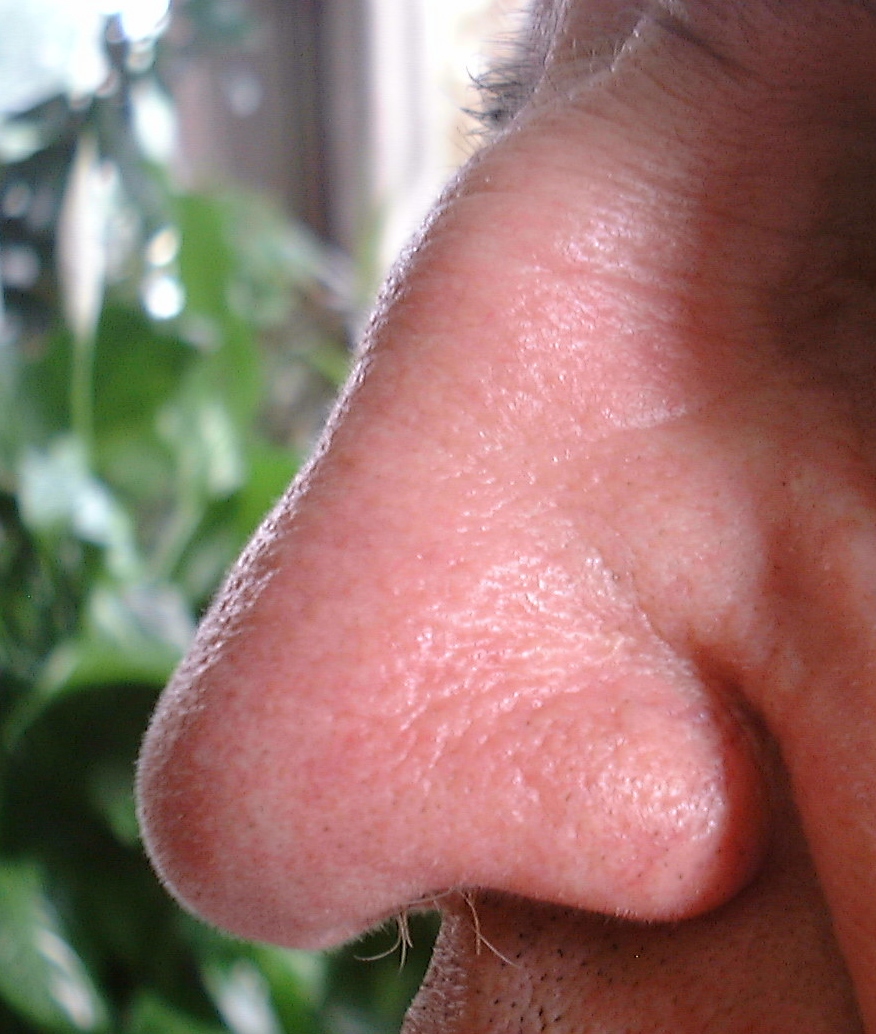Humans give off sex-specific smells that affect the way we think about each other.
The existence of human pheromones -  chemical signals that affect behaviour - is been controversial. But now scientists in China have shown clearly that two different chemicals released in different amounts by men and women alter our perception of each other. And, intriguingly, the influence of these chemicals differs between heterosexual and homosexual individuals.
chemical signals that affect behaviour - is been controversial. But now scientists in China have shown clearly that two different chemicals released in different amounts by men and women alter our perception of each other. And, intriguingly, the influence of these chemicals differs between heterosexual and homosexual individuals.
Wen Zhou and her colleagues at the Chinese Academy of Sciences, Beijing, used sequences of dot patterns to represent a person walking in outline. This removes any physical characteristics from the images so that viewers have to focus exclusively on the walk of the model.
Subjects were asked to judge the walking patterns as representing males or females. As they did so, they were exposed either to androstadienone, a proposed pheromone which is produced in high concentrations by men in sweat, semen and other secretions, or to oestratetraenol, the equivalent in women.
Four groups were tested: male and female heterosexuals and male and female homosexuals. Heterosexuals exposed to the pheromone of the opposite sex - in other words, males exposed to oestratetraenol or females to androstadienone - were 8% more likely to judge the walking patterns they watched as belonging to the opposite sex; these individuals didn't respond to the pheromone of their own sex, however.
Amongst the homosexual subjects, the effect was reversed: gay males, when androstadienone was present, were more likely to claim that the gait pattern was of a man and they did not respond to the female oestratetradienol at all, and vice versa.
To rule out a learned response among the subjects, that is heterosexual men recognise the smell of a women and behave accordingly, the researchers also tested another sweaty chemical called isovaleric acid, but saw no effect on how the participants judge gaits of the dot patterns to the male or female.
These findings, the team say in their paper in Current Biology, show that the chemicals they have tested clearly seem to function as pheromones; intriguingly they also appear to strongly - and subconsciously - influence our judgement, including even colouring how we interpret visual information...
- Previous Skin in a dish
- Next Gene puncture repair kit










Comments
Add a comment